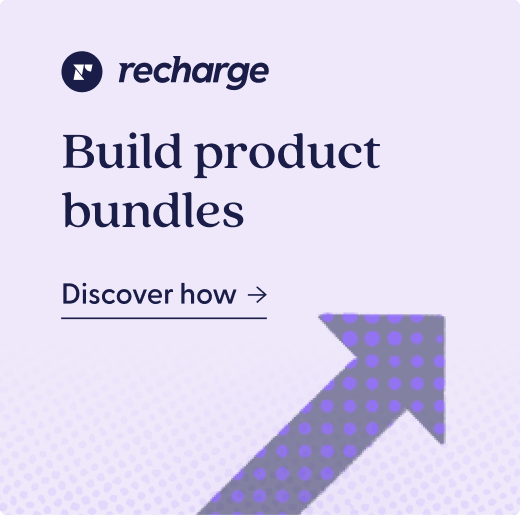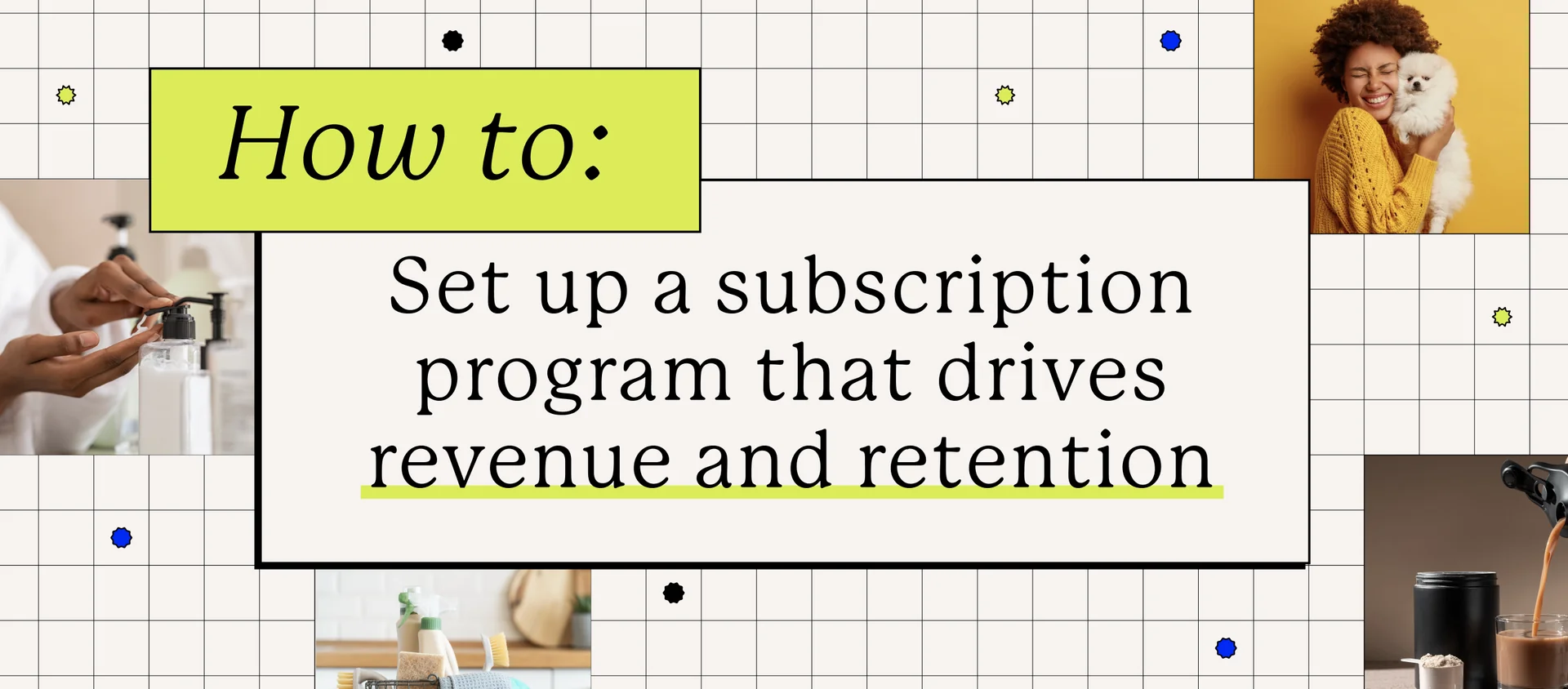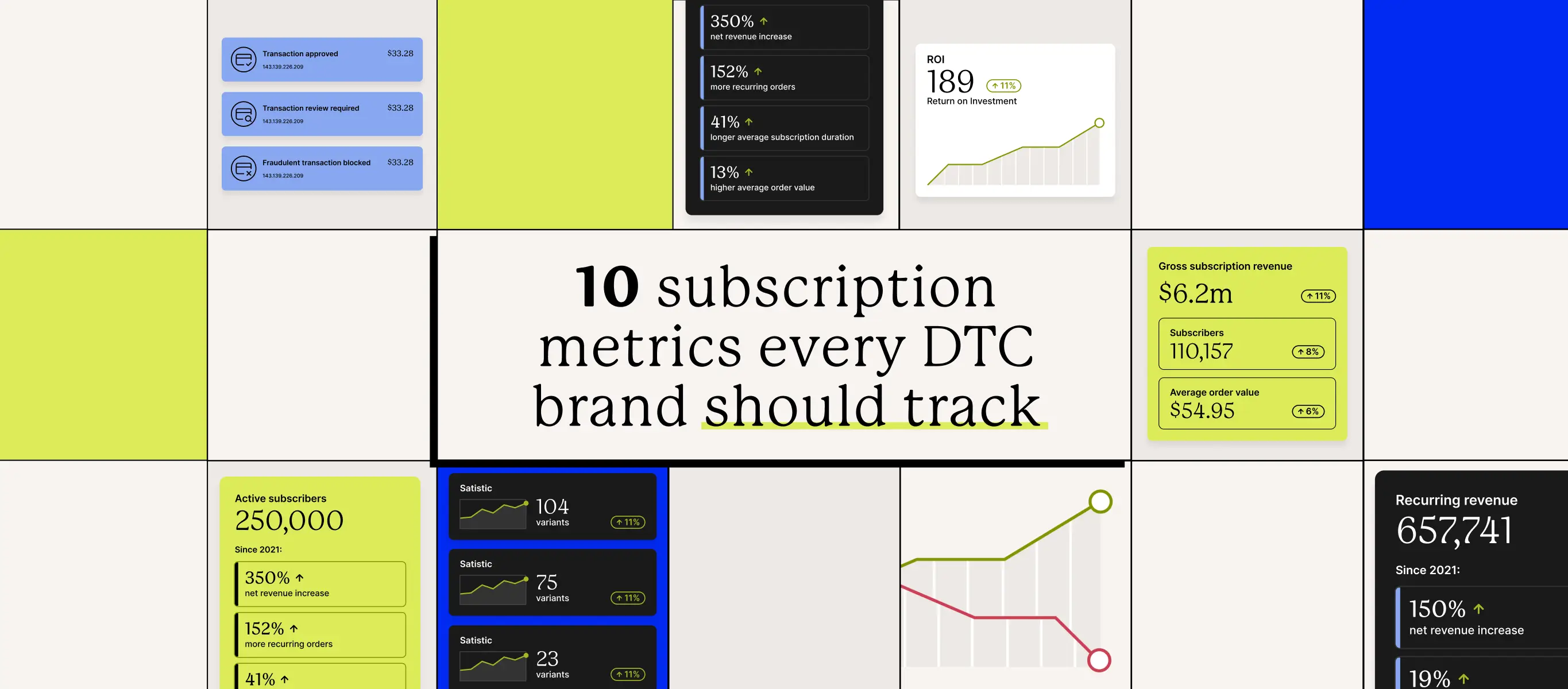Upselling for ecommerce is a specific strategy that, when deployed strategically, can result in higher average order value (AOV) and stronger relationships with your existing customers. It differs from cross selling, in that it focuses on upgrading your customers to provide more value for a bigger or better version of the membership they may already have.
How to approach upselling with your customers
Consumers are wise to being “nickel and dimed” by many companies, so it’s imperative that you approach your upsell opportunities with tact and subtlety. Imagine every time a customer purchases from you, they are bombarded with upgrade requests to a premium version of your products or services. That customer experience alone could do the opposite of your intent, driving them to churn quickly for brands that don’t feel overly pushy.
Instead, try these 5 ecommerce upselling strategies to effectively increase customer lifetime value and average order value.
#1: Focus upsells on products that already sell well
When looking for products or services that make sense for your upsell offers, first identify your best sellers. You already know that those items do well, so there’s more potential to create an upgrade opportunity for your customers at a reasonable price range.
A great example of upsells with products that do well is in streaming services. Apps like Spotify offer a free option, giving users a fair amount of functionality and access to the majority of songs that paid users get. However, for a fairly low monetary investment, users can upgrade to their premium service, removing advertisements, and increasing their product functionality. Spotify knows they do streaming music well. So they focused on what ways the customer experience would benefit for their upsell opportunity.
#2: Upsell during checkout
The power of ecommerce is in its convenience. Take that into consideration for every touchpoint, including your checkout page. Customers are already in the mood to purchase. The work has been done to load up their cart and they have decided at that moment to hit the “buy” button. By providing them an option to upgrade their experience in some way right at checkout, you are able to introduce them to a higher priced alternative without having to re-educate and reconvert them into the sales pipeline.
Showing users the potential long-term benefits of upgrading their experience with you is an excellent tactic to sell the same product or set of products with a higher perceived value. A great example of this is Athletic Brewing Company‘s beer membership options. As customers are building their subscription plan with them, they provide clear distinction between the various memberships, and the overall savings a subscriber would receive.

#3: Provide more access for customers
Where cross selling can allow customers to experience new products within your offerings, upselling can be a way to give customers exclusive access to content, products, early releases, features, and more. The exclusivity of this tactic generates a feeling of status among other shoppers, and helps to maintain loyal customers.
Rachel Zoe’s clothing brand, Curateur, offers two membership plans–Star and Icon. The Star membership, paid monthly, provides customers with seasonal boxes of clothing 4 times per year and the option to upgrade to the higher-tier Icon membership. From the website, “Icon Members get early access each season – first to select their choice item, first to purchase from The Shoppe, and first to have their curations ship. Icon Members also receive a special anniversary gift for renewing their membership.”
#3: Limit your upsell offer to just a few options
Too many choices for customers can result in analysis paralysis, causing anxiety of making the wrong choice. Add monetary commitment to that spiral, and the decision making can become even harder.
Spelling out options for a customer in a clear and concise way, while not providing too many options is the best way to showcase the value the upsell will bring them, while also not inducing a stall in their purchase decision.
Decorated, a seasonal home decor subscription box brand, provides 2 simple choices for their customers. They clearly outline the value of the higher-plan, but also include short checklists showcasing what their Annual members receive above and beyond their Quarterly members.
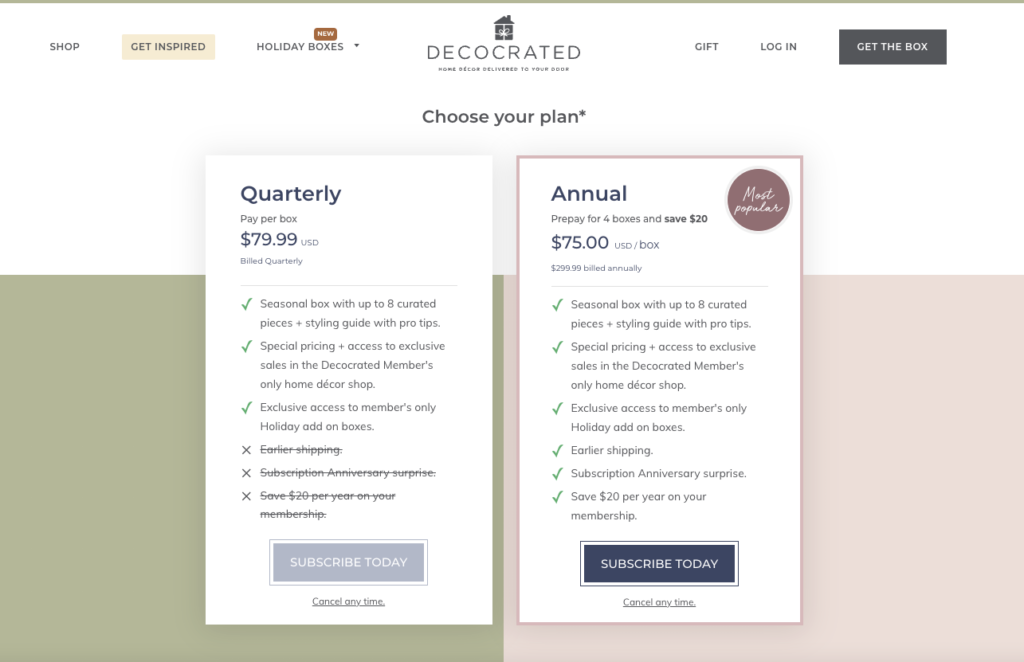
Showing transparency up front is a fantastic way to provide multiple options for new customers to find exactly what they need at that time.
#4: Provide reasonable alternatives
When you’re trying to upsell items or services, customers tend to feel more comfortable when the upgraded choice is not a far cry from their current plan. If you were to provide an upsell option in a totally different category, or the more expensive version with no clear value proposition, your customers could easily brush it off as something they very clearly don’t need. Giving them options that are related items or services to what they’ve already agreed to helps them feel that you know where they are in their customer journey.
Short Par 4, a golf clothing and accessories brand, has 2 membership options, depending on the purchaser’s preference in styles and brands. Sure, the Executive membership is more money, but for golfers that prefer higher-end brand-name products and want the “VIP treatment” the extra cost is negligible.
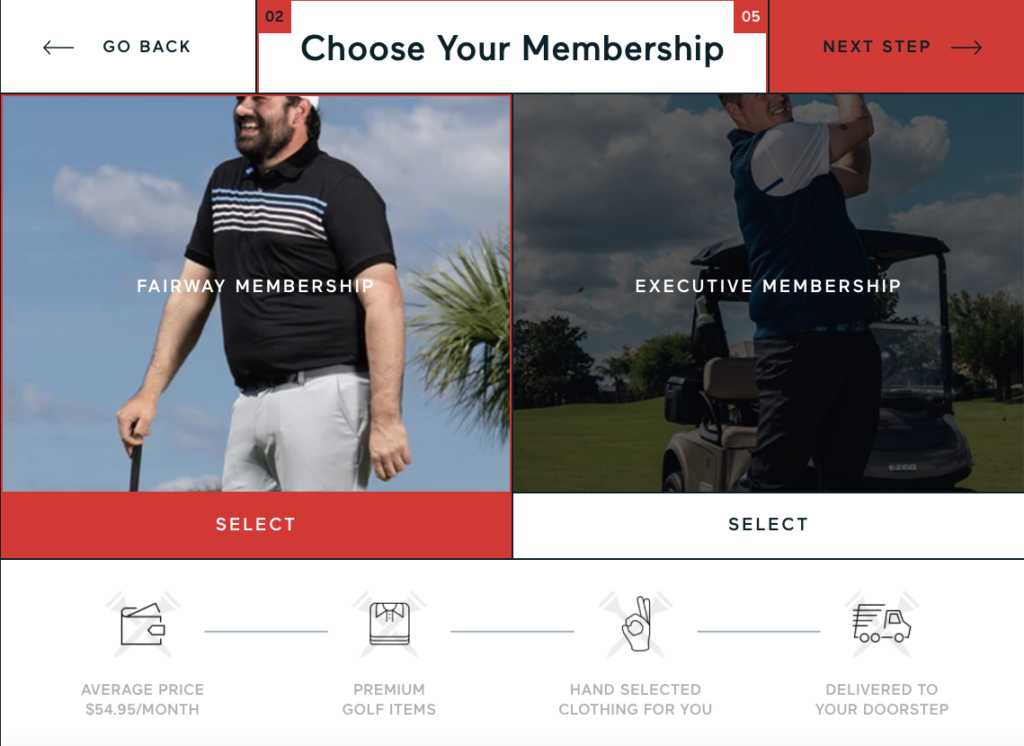
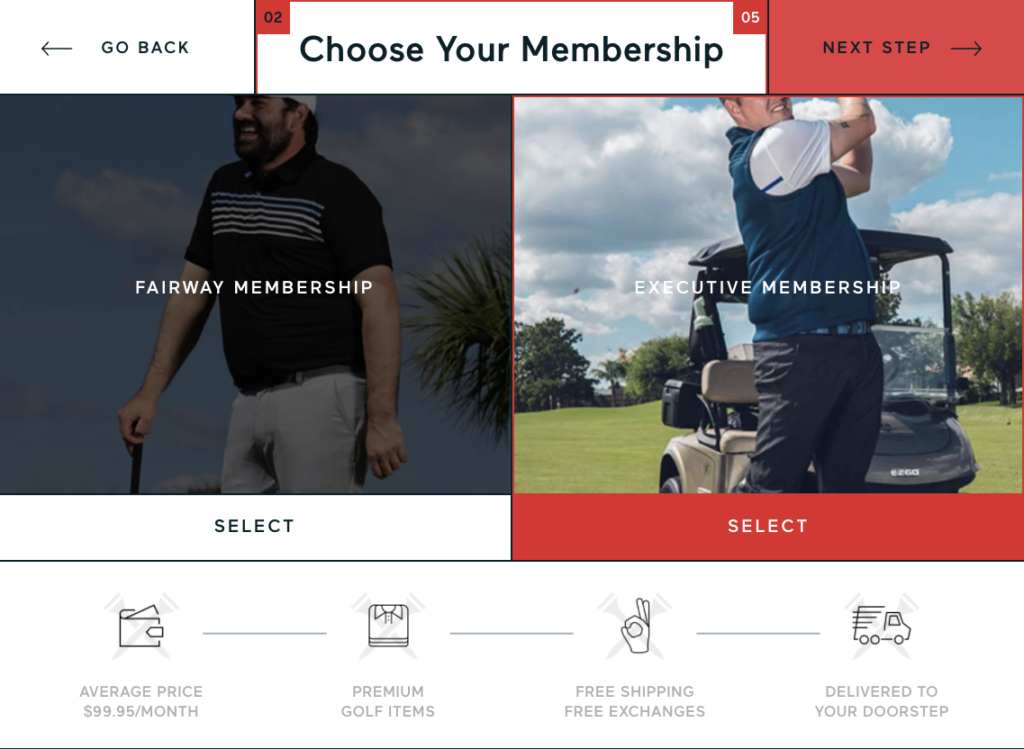
#5: Provide free shipping for higher value plans
Thanks to Amazon and other large retailers, the concept of free shipping has become synonymous with online shopping. Buyers expect to have a free shipping option, and will often abandon their purchase if said option isn’t available.
An attractive value-add for upsells is to ensure that the higher-priced plan or package gets free shipping. This seemingly small offer can be the deal breaker for customers. If cost of shipping for the base-level plan or products turns out to be more than the increase in price from the upgraded option, it becomes a no-brainer.
Encouraging customers to upsell tactfully helps boost revenue
Upselling doesn’t work on every customer, nor should you expect it to. The benefit for merchants who enable upselling is that even if a small percentage of the customer base decides to take advantage of upgrading their situation, more revenue accumulates quickly on the backend.
Many customers seek out upsell and cross sell opportunities, knowing that often, that is where the additional value lies. Provide options (but not too many!) for your customers, so they may continue to purchase multiple products and services from you, and in turn, increase average order value.

